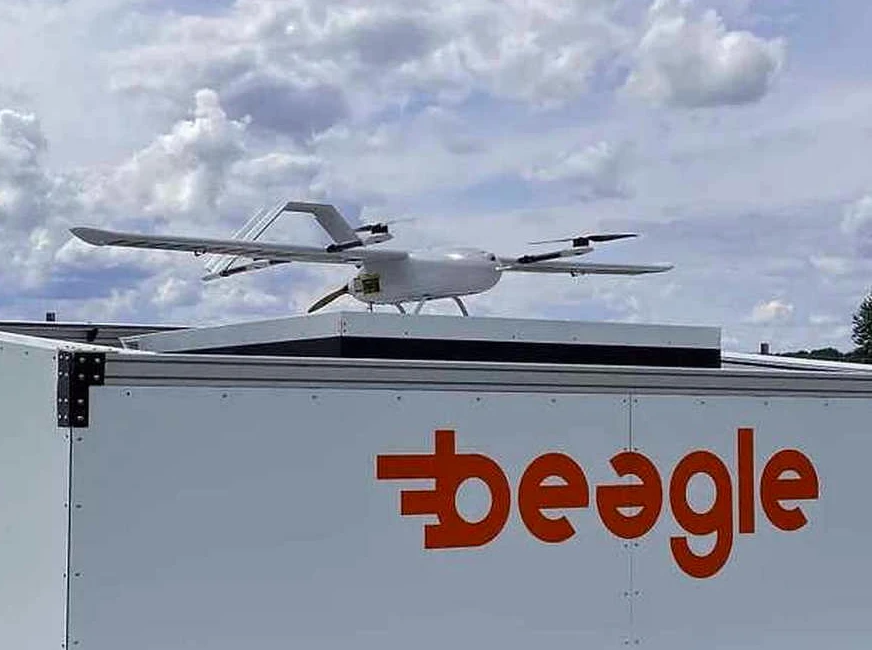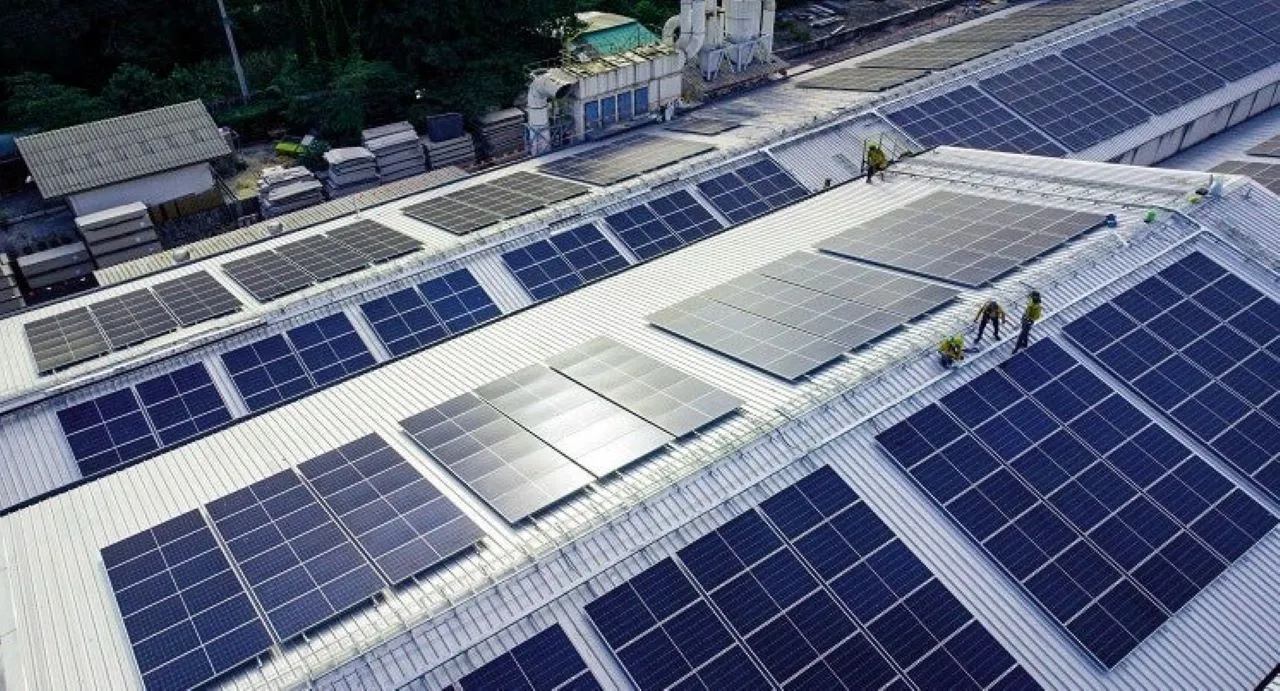When there are damages to energy infrastructure, such as electricity pylons or gas pipelines, expensive helicopters are frequently used to inspect them. Drones have begun to replace some of those inspections, but the flight time for these can be limited. Now, a new company has produced a drone with a very long range to fill this task. While the company has avoided discussing “dual-use” applications, it’s clear that the drone could also be used in civilian settings to inspect infrastructure damaged by warfare.
Beagle’s Funding and Growth Plans
Hamburg, Germany-based Beagle uses long-range drones to capture data about energy infrastructure. The company has now raised €5 million in seed funding, with contributions from venture firms focused on technology. Prior to this, Beagle raised €1.9 million in pre-seed funding, plus €2 million in grants and subsidies.
The team spent five years developing what they call a “computer with wings” that complies with strict EU airspace regulations for long-range flights, with no personnel on-site. The drone literally rises from its housing unaided.
“Our customers pay us for the data by the kilometer of pipeline. We’re cashflow positive in Germany with the current team and operations,” said a company spokesperson. “We plan to use this venture funding to accelerate growth.”
How Beagle’s Drones Work and Their Competitive Edge
An operator sends geo data of their grid to Beagle and receives a quote based on the per-kilometer price for one or both of Beagle’s products: methane detection or hazard detection. Beagle does have competitors, including other drone services and helicopter companies. However, Beagle claims to have 75 times the resolution of satellites, is cheaper, has lower emissions than planes, and is permitted to fly long-range repeatedly. The “Fully EU” (“Made in Germany”) solution also means Beagle has full control over the data and software, which is an advantage in today’s world where systems made outside the EU may face geopolitical challenges.
Potential Future Applications of Beagle’s Drones
The company has received Operational Approval for flights in EU airspace and can currently cover 80% of the EU area, excluding densely populated regions. The market it’s addressing is significant, valued at €2 billion in the EU alone, with methane emission tracking now a regulatory requirement.
While the company is currently focusing on civilian applications, it is clear that the technology could be used for broader purposes. “In a world where critical infrastructure is being attacked, it has never been more important to have real-time surveillance for critical infrastructure — from energy lines to telecommunications,” said a partner from one of the venture firms backing the company.
The team behind Beagle includes experts in drone technology, robotics, and engineering, many of whom previously worked in government regulatory bodies and leading tech companies. Their combined experience has helped bring this innovative technology to market.





